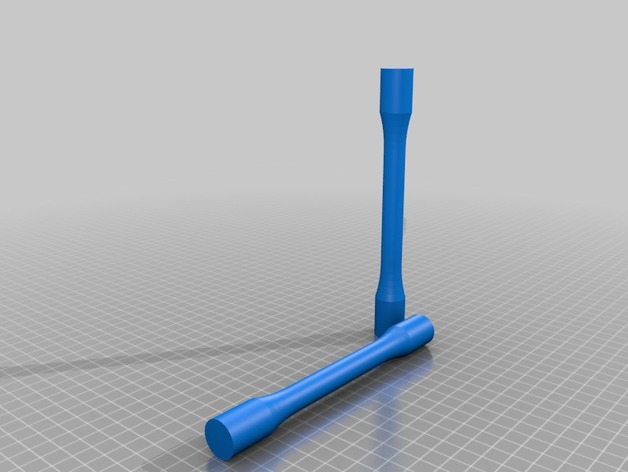
Perpendicular Tensile Test specimen
thingiverse
Everyone who has used a 3-D printer before knows that the orientation of a print greatly affects its load-handling ability. The layering process used in 3D printing makes objects stronger when pulled perpendicular to the layer buildup direction compared to when pulled parallel to it. This design allows students to study the tensile strength difference between 3D printed materials loaded parallel and perpendicular to their "grain". Print Settings: Notes: Different materials and layer heights will yield distinct results, so experiment and optimize your material! I designed this project per ASTM E8 standards to ensure the tensile specimens can be used in standard tensile testing machines. Objectives: The goal of this process is to observe and understand the different tensile strengths of 3D printed materials loaded in various directions. This study involves orthotropic materials. Audiences: This project would suit advanced high school to university-level students interested in material science, and 3D printing. Preparation: To prepare for this project, you will need access to a tensile testing machine, commonly found in universities with engineering departments. A basic understanding of tensile strength and stress/strain curves is also required. Experimenting with different materials and layer heights can provide valuable insights into the effects on tensile strength. Steps: Students should print multiple test specimens in both orientations and conduct failure tests to find the stress-strain curve and total tensile strength. Comparing the results obtained for perpendicular vs parallel loading will enable students to analyze the effects of orientation. Results: Upon completion, students will have gained a deeper understanding of orthotropic materials and enhanced their ability to design load-bearing 3D printed objects.
With this file you will be able to print Perpendicular Tensile Test specimen with your 3D printer. Click on the button and save the file on your computer to work, edit or customize your design. You can also find more 3D designs for printers on Perpendicular Tensile Test specimen.
